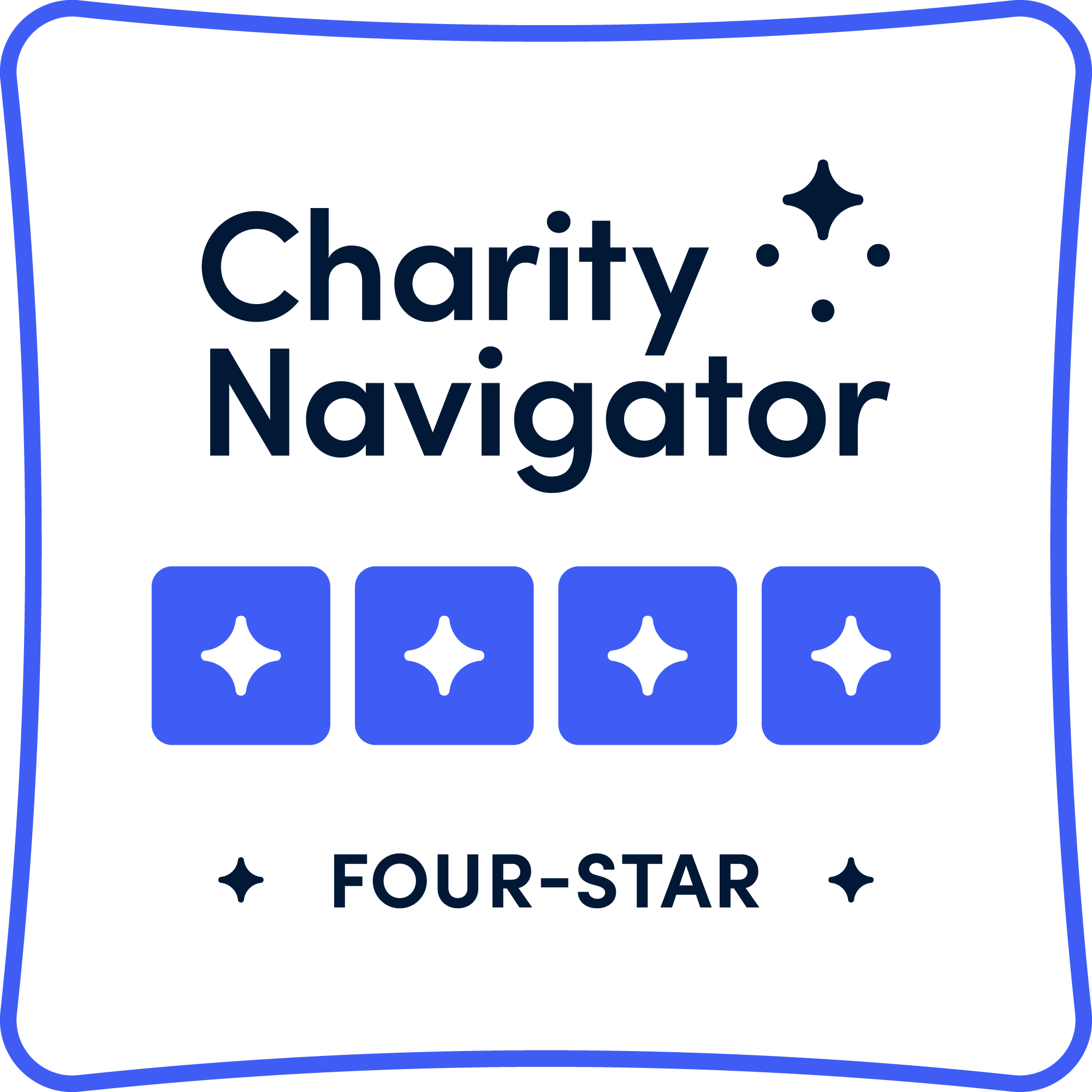The Office of Inspector General for the U.S. Department of Health and Human Services (OIG) released a data brief that examined how COVID-19 affected nursing homes during the first year of the pandemic. Using a variety of data sources, the report focused on the two initial COVID-19 surges that devastated nursing home residents in 2020, first in the spring and then in the fall. During this period of time, hundreds of thousands of nursing home residents were infected with COVID-19, with tens of thousands dying.
The report made several findings:
- High COVID-19 transmission in a county did not always lead to nursing homes in that county reaching extremely high infection rates.
- For-profit nursing homes made up a disproportionate percentage of nursing homes with extremely high infection rates.
- Surveyors failed to identify infection control deficiencies in the majority of nursing homes with extremely high infection rates.
- Current staffing requirements may not be sufficient to protect nursing home residents from deadly infections.
The report identified more than 1,300 homes with “extremely high infection rates” of 75% or more residents. Importantly, the report contradicts the assertion by many in the nursing home industry that nursing homes in high transmission areas could not prevent COVID-19 transmission to residents. The report found that 63% of counties with high transmission rates during the first surge did not have any nursing homes with “extremely high infection rates.” During the second surge, that number increased to 78%. According to the report, “Being located in a high-transmission county did not make it inevitable that a nursing home would have an extremely high infection rate.”
The report made several recommendations, including:
- CMS re-examine current staffing requirements and revise them as necessary. The report stated, “Our findings also provide evidence of the need to propose new minimum staffing standards” to make sure residents receive good care.
- CMS must improve how surveys identify infection control risks to nursing home residents and strengthen guidance on assessing the scope and severity of those risks.
- Target nursing homes in most need of infection control intervention and provide enhanced oversight and technical assistance to these facilities as appropriate.
The OIG report identifies significant failures both of nursing homes and regulators to protect residents from COVID-19. Understaffing and poor enforcement of regulations led to the catastrophic events that resulted in the deaths of tens of thousands of nursing home residents and caused incalculable harm to others.
CMS has promised a minimum staffing standard, which according to the OIG report, will lead to better protections for nursing home residents. But CMS must also increase its enforcement actions regarding infection control. The OIG report makes clear: CMS must do something different in order to prevent a repeat of the first year of the COVID-19 pandemic.



